Sei das Wunder! / Be a miracle yourself! - Nordseefauna2016
Main menu:
- nordseefauna.org
- Rache der Natur / Nature`s Revenge
- Vom Leid der Fischer/Suffering Fishermen
- TNT und Polymere / TNT and plastic
- Die Meeresfauna von Borkum / Norddeich
- Sei das Wunder! / Be a miracle yourself!
- Fische der Nordsee / North-Sea-Fish
- Lederschildkröte / Leatherback Seaturtle
- Ärmelkanalfauna / Engl. Channel Fauna
- Zehnfusskrebse / Decapod Crustaceans
- Upgrading?
- Nordseefauna Geschichte / History
- Ausgestorben! / Extinct!
- Seltene Funde / Rare Sea-Animals
- Schizophrenie / Schizophrenia
- Werte / Values
- Smalltalk der Krebse / Talking Crabs
- Offshore...
- Riffe aus Müll... / Garbage-Reefs...
- Gesunde Meereskost / Healthy Sea-Food
- Autor & Impressum / Author & Imprint
- Meine Publikationen / My Publications
- Pseudonaturschutz - Nature Conservation?
- Thanx!
- Institutionen / Institutions
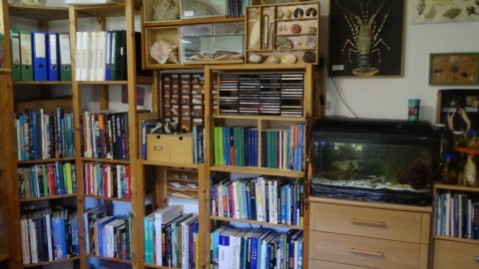
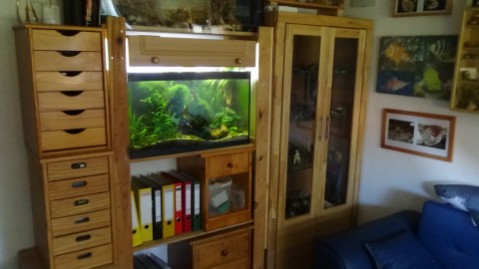
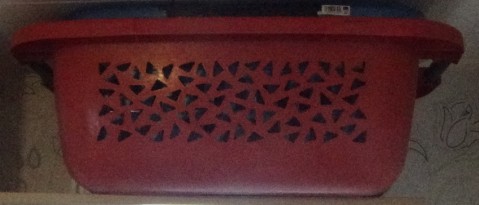
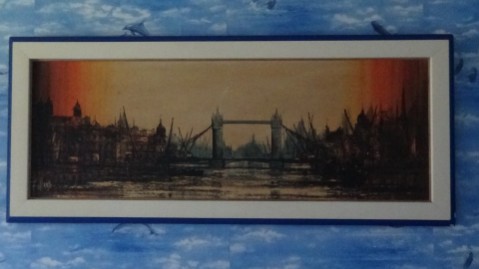
Seien Sie selbst das Wunder!
Vor einiger Zeit fragte mich jemand, was man denn angesichts der erdrückenden Umweltprobleme überhaupt noch tun könne. Ich dachte kurz darüber nach, dann sagte ich: Mache es doch einfach wie der Apostel Paulus: Tue das Gute, einfach nur das Gute. Ganz egal, was das gerade ist.
Eine Sache könnte es etwa sein, viele gebrauchte Dinge zu verwenden. Exemplarisch zeige ich hier meine Wohnzimmerwand und mein Arbeitszimmer. Die Möbel hier sind gebraucht, und einige habe ich sogar aus dem Sperrmüll gerettet. Es ist einfach unglaublich, was für gute intakte Möbel einfach so weggeschmissen werden.
Oder mein roter Wächekorb: Auch diesen holte ich aus dem Sperrmüll. Noch völlig heil ohne einen Kratzer!
Einer meiner kuriosesten Funde aus dem Sperrmüll war jedoch die Towerbridge von London, ein Kunstdruck von Folland. Einfach weggeworfen! Unglaublich!
(Ein Anbieter in UK bietet diesen Druck für mehr als 500,-
Im Sperrmüll kann man im Prinzip so gut wie alles finden, womit man sein Leben bereichern kann: Fahrräder, Werkzeuge, Möbel, Bilder, Tassen, Teller, Koffer, Rucksäcke, Kleidung und vieles mehr. Dabei hat sich herausgestellt, dass insbesondere ältere Dinge oft gut erhalten sind, da man in der guten alten Zeit noch viel Wert auf eine gute Qualität der Produkte legte, was heute leider nicht mehr der Fall ist.
Abschließend sei noch erwähnt, dass man Plastikverpackungen von Lebensmitteln auch oft noch für Hobbyzwecke gut nutzen kann. So bewahre ich etwa Teile meiner Muschelsammlung in Fächern aus solchen Plastikresten auf. Man könnte darin aber auch Schrauben und Nägel oder andere Dinge lagern. Und schon kauft man ein paar Plastiksachen weniger im Baumarkt! Und wenn das viele Leute tun, hat das gewaltige Auswirkungen auf die produzierende Wirtschaft. So können also viele kleine Aktivisten doch etwas verändern -
Be the miracle yourself!
Some time ago someone asked me what else one could do in view of the crushing environmental problems. I thought about it for a moment, then I said: Just do it like the Apostle Paul: Do the good, just the good. No matter what that is.
One thing could be to take as many used things as possible. As an example, I show here my living room wall and my study. The furniture here is second-
Or my red watch basket: I also got this from the bulky waste. Still completely intact without a scratch!
One of my most curious finds from the bulky waste, however, was Towerbridge of London, an art print by Folland. Simply thrown away! Unbelievable!
(An internet shop in the UK offers this print for more than 500,-
In principle, you can find almost anything in bulky waste to enrich your life: Bicycles, tools, furniture, pictures, cups, plates, suitcases, backpacks, clothes and much more. It turns out that older things in particular are often in good condition, because in the good old days a lot of value was placed on good quality products, which unfortunately is no longer the case today.
Finally, it should be mentioned, that plastic food packaging can often still be used for diverse hobby purposes. For example, I keep parts of my shell-
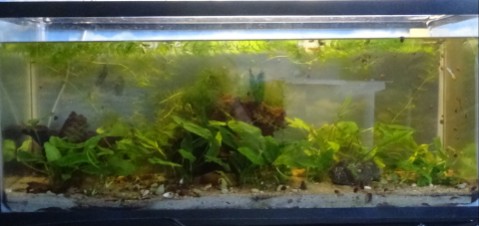
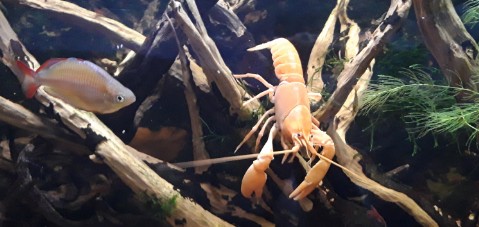

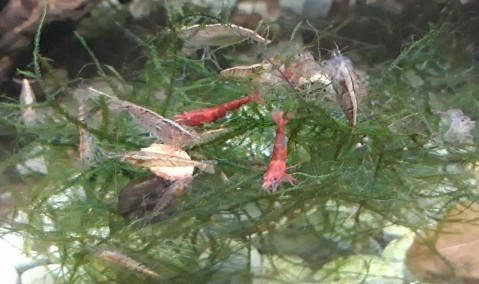
Aquaristrik ohne Pumpe und Heizung
Übrigens habe ich festgestellt, dass man gebrauchte Aquarien oft geschenkt bekommt, oder mit etwas Glück sogar intakte Becken im Sperrmüll auffinden kann. Denn bei ständig steigenden Energiepreisen trennen sich leider immer mehr Leute vom Hobby, denn permanent laufende Pumpen und Heizungen fressen über das Jahr betrachtet leider Unsummen. Aber: Man kann auch aus der Not eine Tugend machen! So betreibe ich mittlerweile zwei Süßwasseraquarien ohne Pumpe und Heizung. Eines mit Garnelen und Flusskrebs und das andere mit Garnelen und Guppys. Viele tropische Tiere gedeihen bereits recht gut bei Zimmertemperatur, also etwa bei 20° Celsius. So kann man etwa die beliebten Neonsammler in Amazonien in Bächen auffinden, die ganzjährig nur 20° Celsius warm sind. Hält man solche Tiere wärmer, so beschleunigt sich ihr ganzer Lebenszyklus und sie sterben erheblich früher. Tatsächlich können Neonsalmler richtig gehalten etwa 5 bis 6 Jahre alt werden! Allerdings muss bei einem technikfreien Aquarium berücksichtigt werden, dass eine LED-
Da dieses im Süßwasser gut funktioniert hat, werde ich dasselbe Konzept in Kürze bei einem Seewasserbecken in meinem Keller testen. Allerdings kommen dort statt Pflanzen diverse Algen zum Einsatz, um das System mit Sauerstoff zu versorgen. Mal sehen, ob sich dann dort auch Garnelen vermehren lassen.
Aquaristics without pump and heater
By the way, I have noticed that you can often get used aquaria as gifts, or with a bit of luck you can even find intact tanks in the bulky waste. Unfortunately, as energy prices continue to rise, more and more people are giving up the hobby, as permanently running pumps and heaters eat up vast sums of money over the course of the year. But you can also make a virtue out of necessity! I now run two freshwater aquaria without pumps and heaters. One with shrimps and crayfish and the other with shrimps and guppies. Many tropical animals already thrive quite well at room temperature, i.e. around 20° Celsius. For example, the popular neon tetras from Amazonia can be found in streams that are only 20° Celsius all year round. If you keep such animals warmer, their entire life cycle speeds up and they die considerably earlier. In fact, neon tetras can live for about 5 to 6 years if kept correctly! However, in a technique-
Since this worked well in freshwater, I will soon test the same concept in a seawater tank in my basement. However, instead of plants, various algae will be used there to supply the system with oxygen. Let's see if Palaemon-